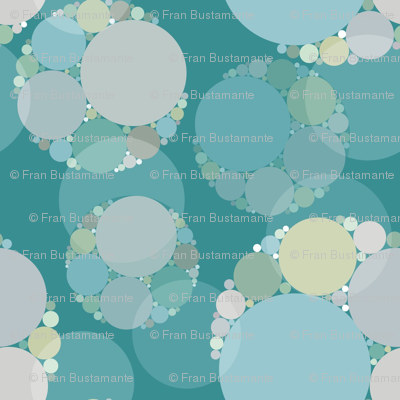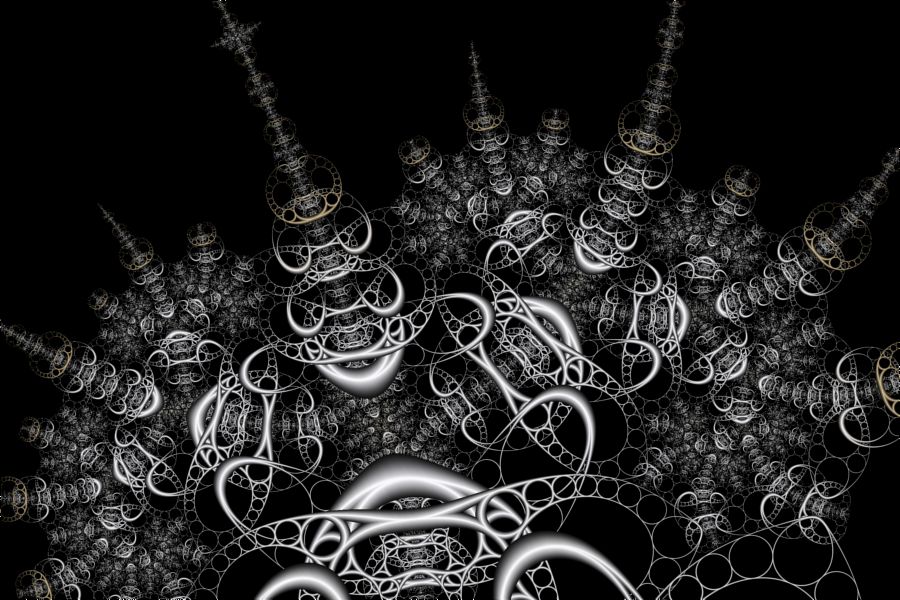

It is possible for every circle in the Apollonian packing to have integer radius of curvature, and this crucial packing was known as integral Apollonian circle packings. Frederick Soddy rediscovered the same equation in 1936. Descartes stated that for every four mutually tangent circles, the radii of the circles satisfy a certain quadratic equation. As a fractal, the Apollonian packing arise by successively filling the interstices between mutually tangent circles with further tangent circles.

The problem of finding the circles tangent to three given circles was first studied and solved by Apollonius of Perga, after whom the Apollonian packing are also named. We define a Ford sphere group to interpret the Ford sphere packing and its sequences finally. For example, our finding shows that the x-coordinate of one Ford circle sequence converges to the golden ratio gracefully. All these sequences have their counterparts in Ford circle packings and keep similar features. The other sequence converges at fastest rate to an infinitesimal sphere in a particular position on the plane. One sequence converges slowly to an infinitesimal sphere touching the origin of the horizontal plane. We focus on two interesting sequences in Ford sphere packings. In this paper we pursue a research on the Ford sphere packing, which is not only the three dimensional extension of Ford circle packing, but also a degenerated case of the Apollonian sphere packing. Ford circles are important objects for studying the geometry of numbers and the hyperbolic geometry. An Apollonian packing is one of the most beautiful circle packings based on an old theorem of Apollonius of Perga.


 0 kommentar(er)
0 kommentar(er)
